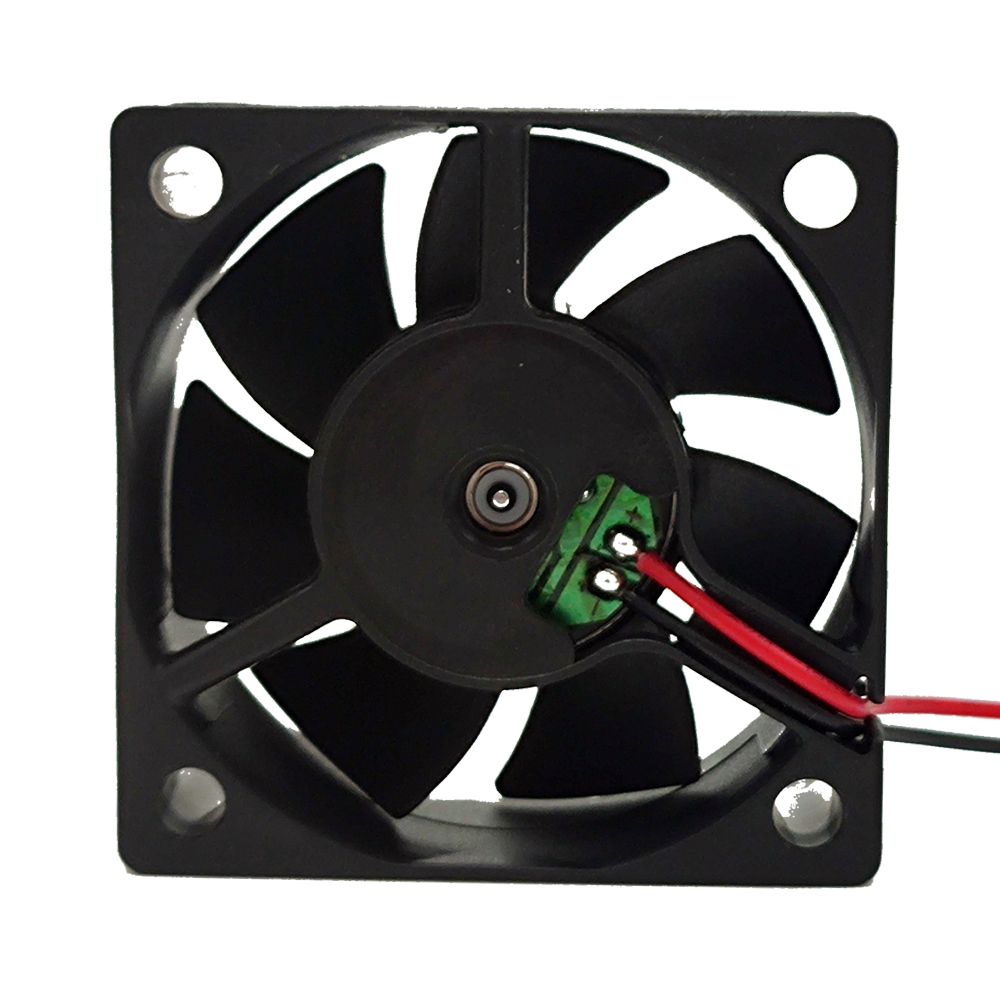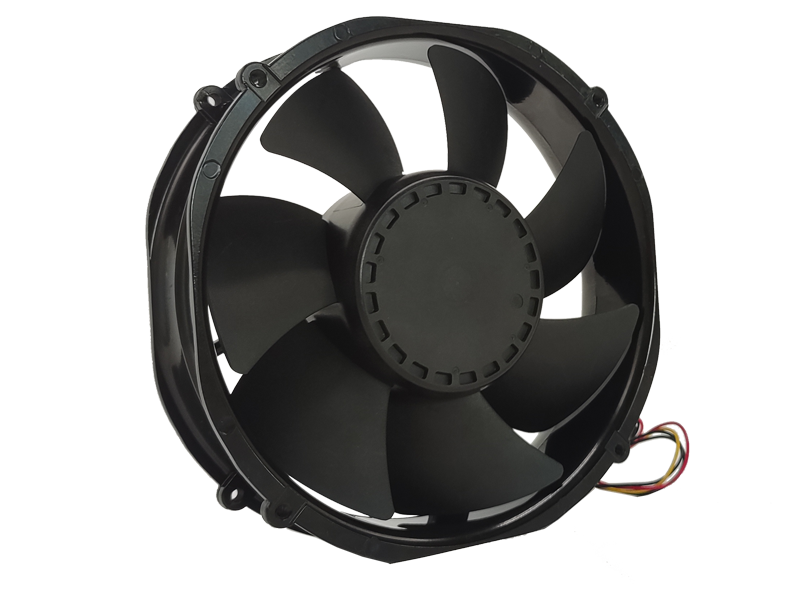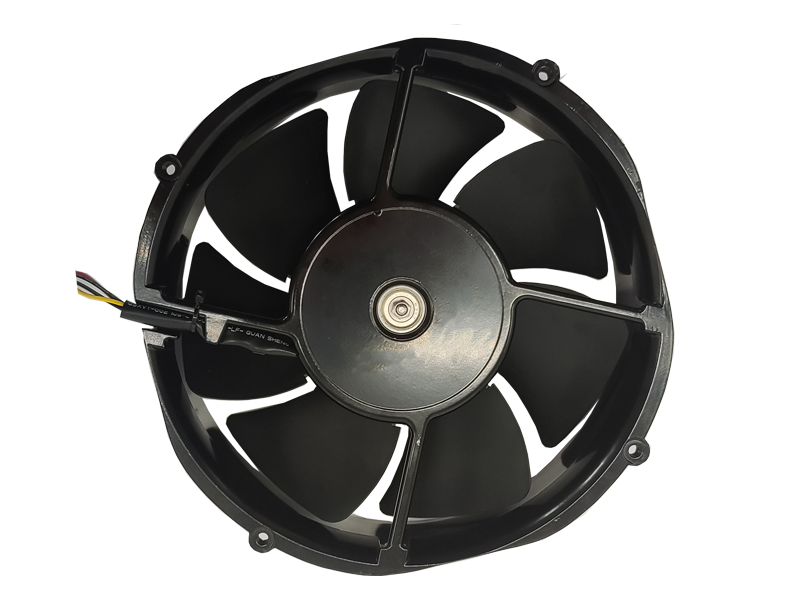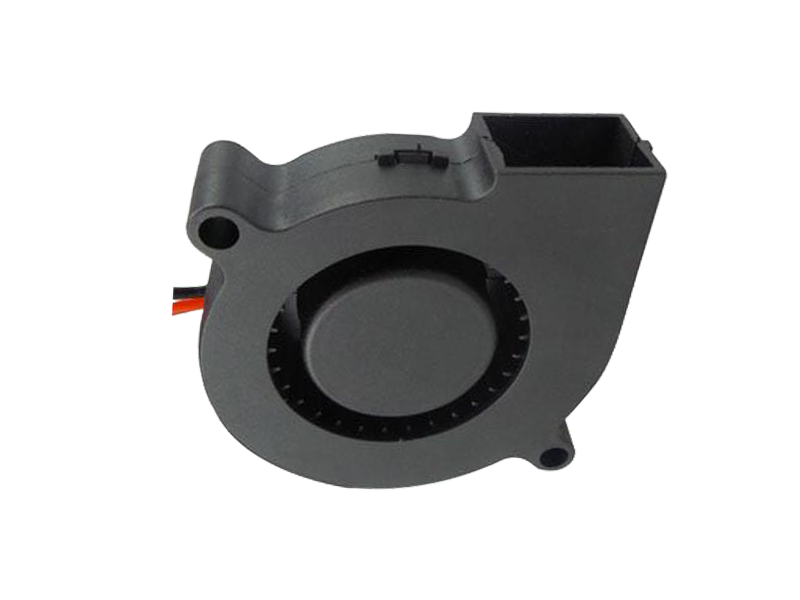The industrial fan market has seen substantial growth in recent years, driven by the demand for more efficient, reliable, and technologically advanced products. With advancements in motor technology, materials, and automation, industrial fans are now smarter, more efficient, and capable of offering real-time performance monitoring. This article will delve into the revolutionary impact of smart technologies on industrial fans, from automated performance adjustments to predictive maintenance and Internet of Things (IoT) integration.
1. Smart Technologies in Industrial Fans
Smart technologies are reshaping industries across the board, and industrial fans are no exception. Fans that can adjust their speed, optimize airflow, and provide real-time feedback to operators are increasingly in demand. This trend is largely driven by the desire for efficiency, cost savings, and better control over system performance.
One of the key elements in smart fan technology is the integration of sensors and controllers. These sensors measure parameters such as airflow, temperature, pressure, and vibration. By monitoring these factors in real-time, fans can adjust their performance to meet changing conditions. For example, if a temperature sensor detects overheating in a particular area, the fan can increase its speed to provide additional cooling.
2. Predictive Maintenance and Downtime Reduction
Industrial fans, like all mechanical equipment, require regular maintenance to ensure smooth operation. However, scheduling maintenance based on fixed intervals can be inefficient and may lead to unnecessary downtime or, worse, sudden failure. Smart industrial fans help to address this issue with predictive maintenance capabilities.
Using IoT-enabled sensors, a fan can continuously monitor its own condition and predict when parts such as bearings or motors are likely to fail. This allows for better planning of maintenance activities, reducing downtime and extending the fan’s life. Predictive maintenance systems can also help identify issues before they become serious problems, saving companies money on repairs and preventing costly production halts.
3. Integrating Industrial Fans into Smart Systems
One of the most exciting aspects of the future of industrial fans is their integration into broader smart systems. Industrial facilities are increasingly adopting smart building systems (BMS), which include various sensors and devices connected to the Internet for remote monitoring and control. By integrating fans into these systems, manufacturers can gain greater control over their operations and respond more quickly to emerging issues.

For example, fans connected to a building’s central HVAC system can adjust their speed based on real-time data from temperature sensors throughout the facility. This level of automation helps to optimize energy use and ensure that the right amount of ventilation is always provided without overworking the fan system.
4. Energy Optimization through Smart Control Systems
In addition to predictive maintenance, smart control systems can optimize energy consumption. By using data gathered from sensors and controllers, a smart fan system can automatically adjust its operation to minimize energy consumption. For instance, the fan could ramp down when the temperature in a space reaches a desired level or increase its speed if a temperature spike is detected.
Energy optimization is not only a cost-saving measure but also a step toward environmental sustainability. With businesses under increasing pressure to reduce their carbon footprint, the energy-efficient operation of industrial fans becomes an important part of overall energy management strategies.
Conclusion
The evolution of smart technologies has brought about significant changes in the design, operation, and maintenance of industrial fans. From predictive maintenance to IoT integration and energy optimization, smart fans are transforming how industries approach ventilation and cooling. As these technologies continue to mature, industrial fans will become more efficient, reliable, and capable of delivering real-time performance insights, helping businesses improve productivity, reduce costs, and meet sustainability targets.
Recommended Products

The main purpose:Car charging station

The main purpose:Car charging station

The main purpose:Electronic refrigerators, water dispensers, direct drinking machines, inverter power supplies
Address:No. 4137, Longgang Avenue (Henggang Section), Henggang Community, Henggang Street, Longgang District, Shenzhen
hotline:13530005572(Chen)15112579390(Li)


Welcome all friends to come for consultation and negotiation.
Copyright 2024 @ Shenzhen Youneng Xinyuan Electronics Co., Ltd.,(industrial fans,industrial blowers,axial fans,cooling fans manufacturer,centrifugal fans,ac cooling fans,dc cooling fans)